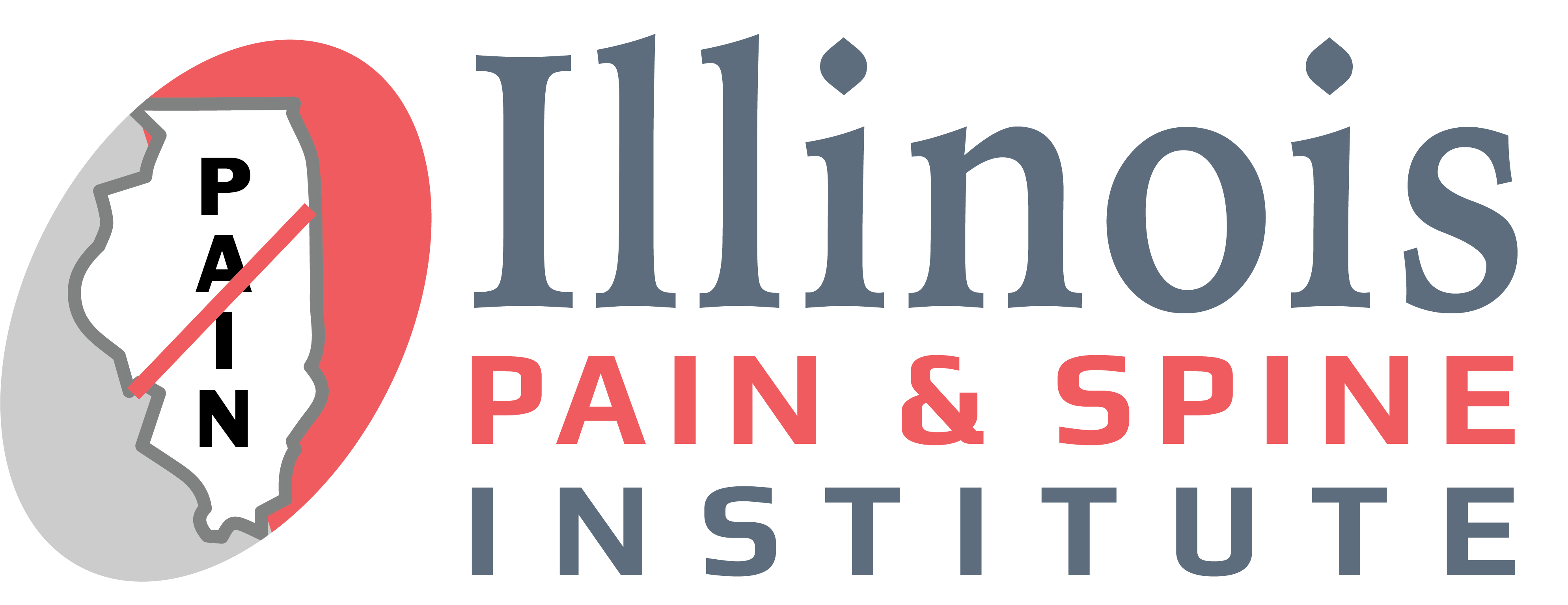Radiofrequency Lesioning in Barrington, IL, provides an advanced solution for managing chronic pain. Addressing pain signals at their source helps patients find relief from facet joint pain, neck pain, and other persistent conditions.
Understanding Radiofrequency Lesioning
Radiofrequency lesioning is a cutting-edge treatment designed to disrupt pain signals originating from the nerves, providing long-lasting relief. This procedure effectively addresses facet joint pain, neck pain, and other chronic discomforts.
Common Conditions Treated with Radiofrequency Lesioning
- Facet Joint Pain: Chronic pain caused by inflammation or injury to the facet joints.
- Neck Pain: Persistent discomfort due to nerve irritation or degeneration in the cervical spine.
- Chronic Back Pain: Long-term pain linked to nerve compression or joint issues.
- Nerve-Related Pain: Pain signals from irritated or damaged nerves causing ongoing discomfort.
Treatment Options for Radiofrequency Lesioning in Barrington, IL
Radiofrequency lesioning provides a comprehensive approach to pain relief, targeting specific nerves to interrupt pain signals. This advanced treatment is ideal for chronic conditions like facet joint pain and nerve-related discomfort.
Conservative Pain Management Techniques
- Physical Therapy: Focused exercises to strengthen muscles and improve flexibility while reducing nerve-related pain.
- Medication: Anti-inflammatory medications or nerve blocks to manage pain effectively.
- Rest and Rehabilitation: A recovery plan tailored to alleviate stress on affected areas and promote healing.
Advanced Pain Treatment Options
- Radiofrequency Lesioning Procedure: Precisely targets nerves in the facet joints or cervical spine to stop pain signals at their source.
- Nerve Blocks: Provide temporary relief by numbing affected nerves before undergoing advanced procedures.
- Minimally Invasive Techniques: Safe and practical approaches to reduce recovery time while addressing chronic pain.
Preventive Measures for Managing Pain
While advanced treatments like radiofrequency lesioning address the root cause of chronic pain, incorporating healthy habits can support long-term results and improve spinal health. Here are some tips to consider:
- Maintain Good Posture: Proper posture reduces strain on facet joints and minimizes the risk of chronic pain.
- Take Frequent Breaks: Regular breaks from repetitive tasks prevent nerve strain and improve overall comfort.
- Use Supportive Equipment: Ergonomic tools like chairs and cushions provide the necessary support for spinal health.
- Incorporate Stretching: Gentle stretching improves flexibility and reduces pressure on nerves and joints.
Seeking Professional Help for Pain Management
If you’re struggling with chronic pain, Illinois Pain & Spine Institute in Barrington, IL, provides expert care tailored to your needs. We specialize in advanced treatments like radiofrequency lesioning, addressing facet joint pain, neck pain, and other nerve-related conditions. Our experienced team uses precise techniques to target the source of pain, ensuring long-lasting relief effectively. As a trusted pain management center in Barrington, IL, we offer a range of specialized treatments, including sciatica pain relief, cancer pain management, facet blocks, and intrathecal pump therapy to help patients manage severe and persistent pain effectively. We are dedicated to helping many regain comfort and mobility through personalized, cutting-edge care. Contact us today to take the first step toward a pain-free, active life.
FAQs About Radiofrequency Lesioning In Barrington, IL
What is radiofrequency lesioning, and how does it work?
Radiofrequency lesioning is a minimally invasive procedure that interrupts pain signals by using heat generated from radio waves. This precise technique targets nerves responsible for pain, providing long-lasting relief.
Is radiofrequency lesioning suitable for treating facet joint pain?
Yes, radiofrequency lesioning is highly effective for managing facet joint pain. Targeting the nerves near the facet joints significantly reduces discomfort and improves mobility.
How long does the radiofrequency lesioning procedure take?
The procedure typically takes about 30-60 minutes. Advanced imaging, like X-ray guidance, completes the treatment efficiently and ensures accuracy.
What is the recovery process like after radiofrequency lesioning?
Most patients experience minimal downtime and can resume normal activities within a few days. Pain relief often starts within a few weeks as the nerves fully respond to the treatment.

